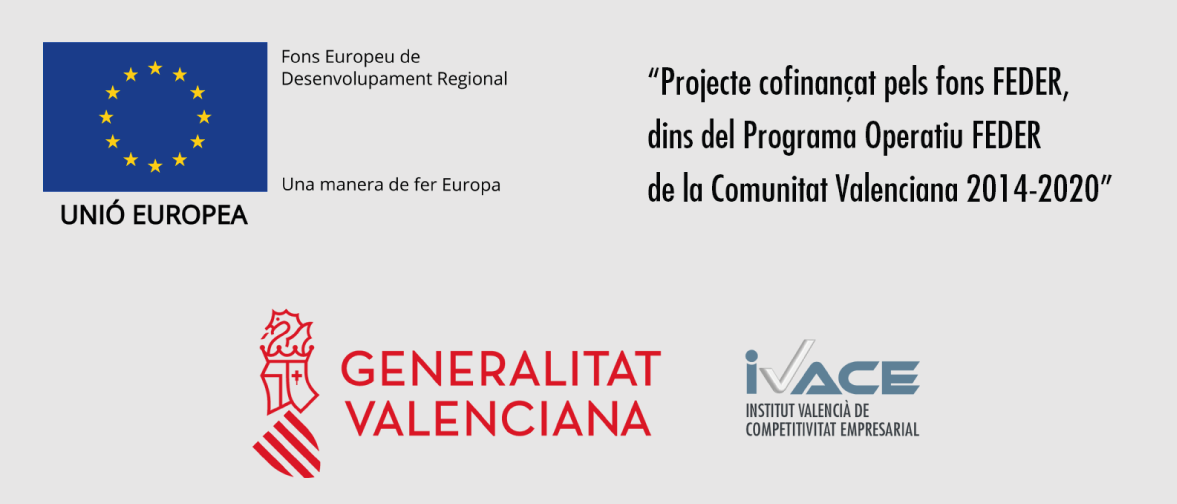1.1 - Tutorial objective
The objective of this tutorial is to provide the end-user with the necessary training materials and information to manage server-side pipelines and workflows for differential expression analysis (DE) and enrichment using the GPRO App and clinical data. At the biological level, the tutorial will serve to learn how to identify RNASeq biomarkers of clinical interest. The tutorial also provides a guideline to familiarize users with the two execution modes of RNASeq as described below:
Protocol:
-
“Tophat/Hisat2 & Cufflinks” is recommended for DE studies when the reference genome has an annotation GTF/GFF file.
Execution modes:
-
Step-by-step mode: the protocol is executed as a workflow of independent steps (e.g. quality analysis, preprocessing, mapping, transcriptome assembly and/or quantification, differential expression, and enrichment) with each step shown in an separate tab. A scroll down bar is also provided for each step to summarizing the available command line interface (CLI) software for each step.
-
Pipeline mode: all steps of the protocol are run automatically as a pipeline (i.e. one after another).
For more details on the two protocols and the two execution modes, visit the manual for RNASeq at https://gpro.biotechvana.com/tool/RNAseq/manual/overview

